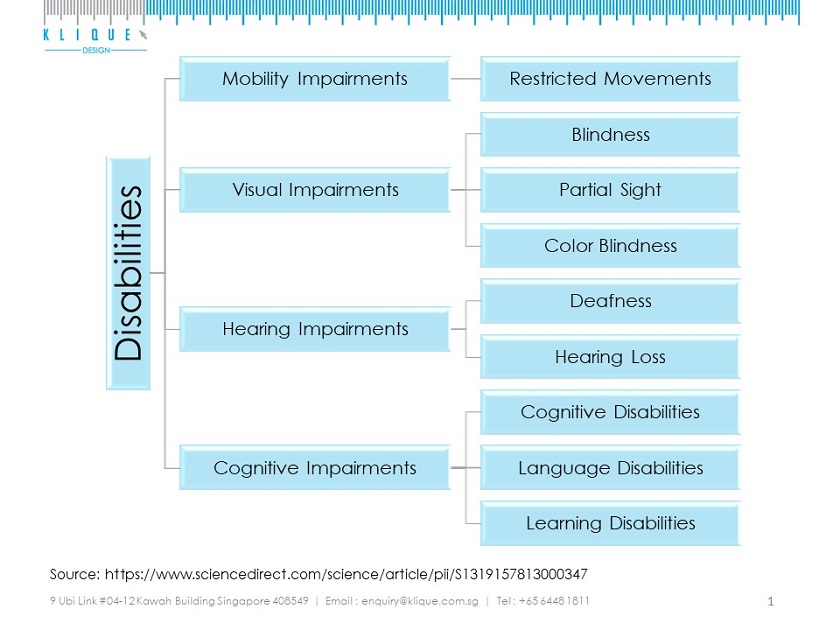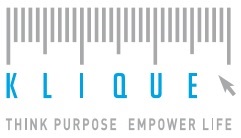 Generally, there are 4 groups of people with different special needs. Their impairments are as follow:
Generally, there are 4 groups of people with different special needs. Their impairments are as follow:
1. Mobility impairment. They are wheelchair users or the ambulant disabled with restricted movements.
2. Visual impairment. This refers to blindness, partial sight and color blindness.
3. Hearing impairment. They are people with deafness and hearing loss.
4. Cognitive impairment. They are people who face cognitive, language or learning disabilities such as people with dementia or autism.
Designing and building an interior integrated with accessibility means such as assistive devices can facilitate user-friendliness of a space. This means a space has to be inclusive enough in enabling users in general as well as people with special needs use a space more confidently and independently. By including more accessible measures to our environment, it can improve the quality of life for persons with special needs and their care-givers tremendously.
Thus, we value the benefits universal design brings to our clients. It has also became an important factor in our design thinking process. We believe being inclusive should be a collective effort among all stakeholders and society as a whole.
Click here for source.
